I know it is possible to consistently rewrite the last line displayed in the terminal with "\r", but I am having trouble figuring out if there is a way to go back and edit previous lines printed in the console.
What I would like to do is reprint multiple lines for a text-based RPG, however, a friend was also wondering about this for an application which had one line dedicated to a progress bar, and another describing the download.
i.e. the console would print:
Moving file: NameOfFile.txt
Total Progress: [######## ] 40%
and then update appropriately (to both lines) as the program was running.

